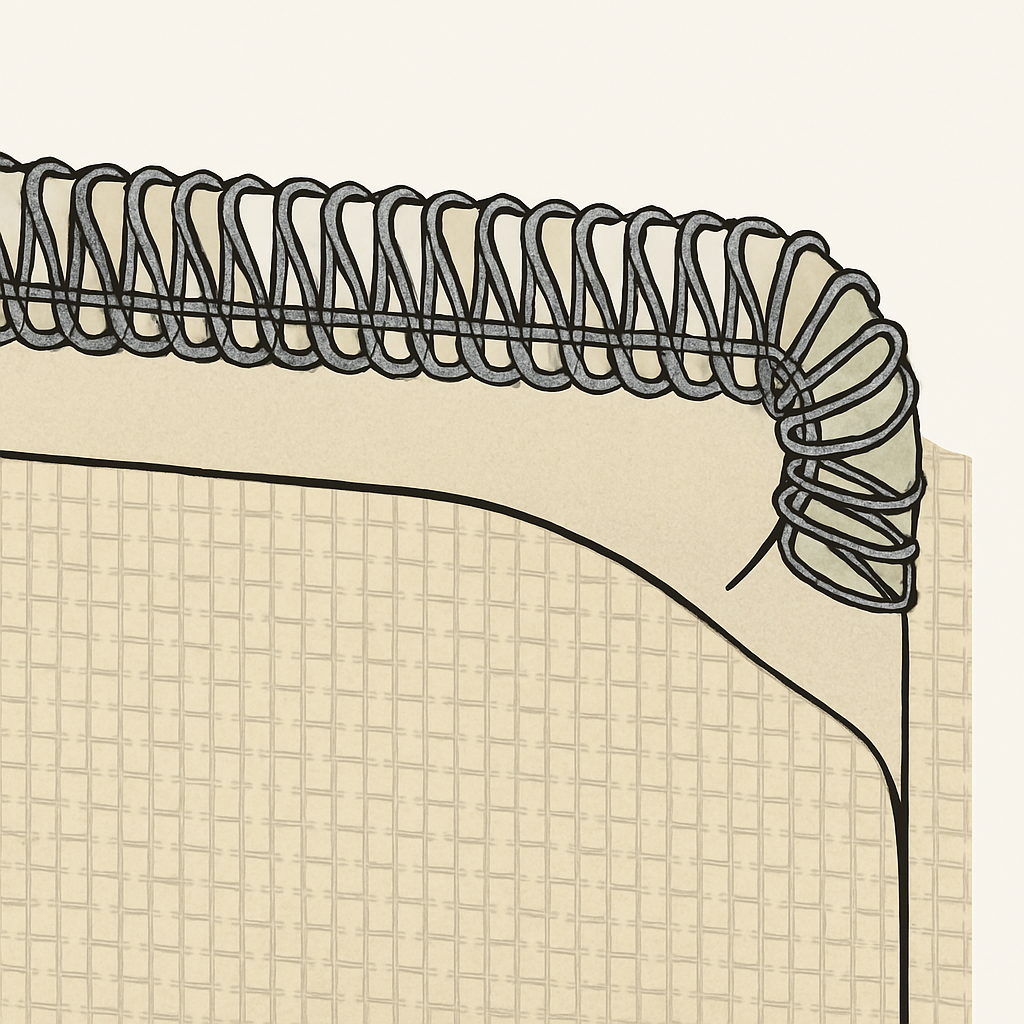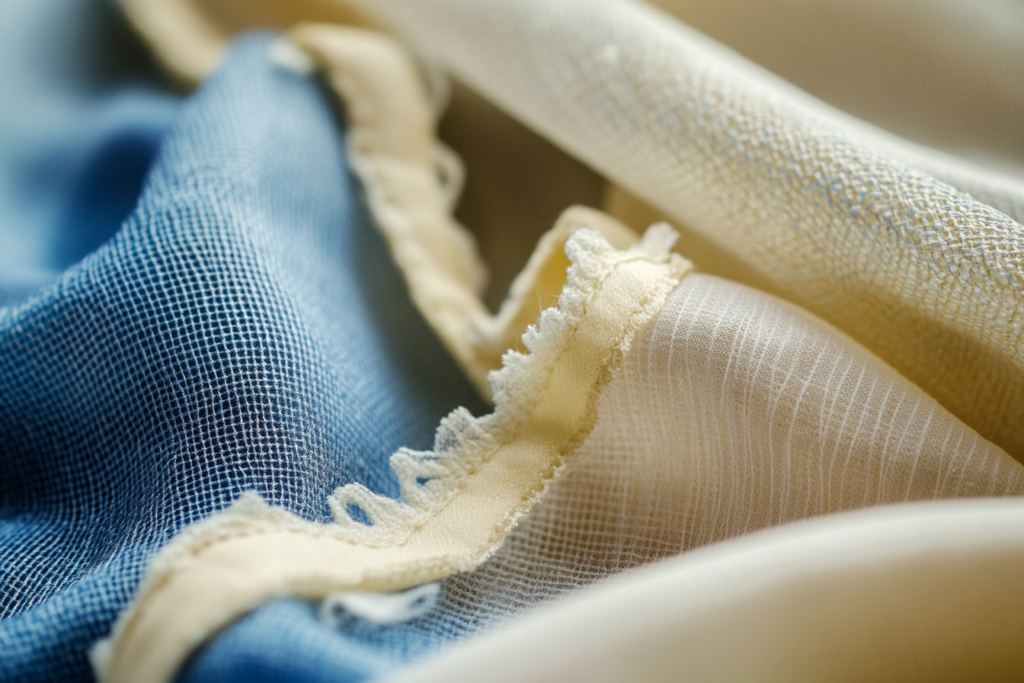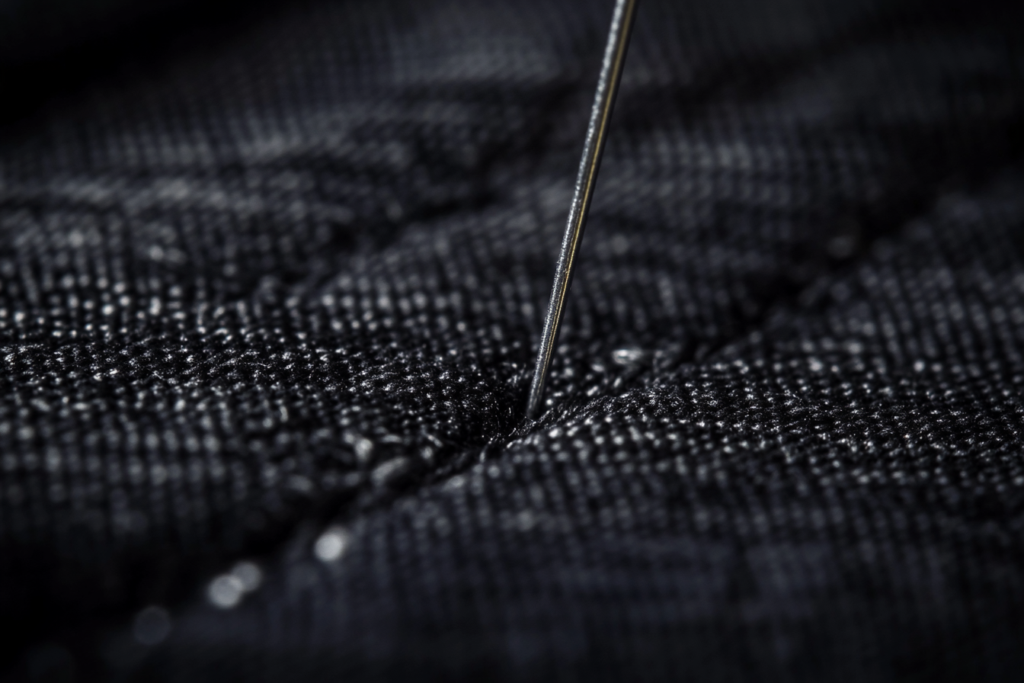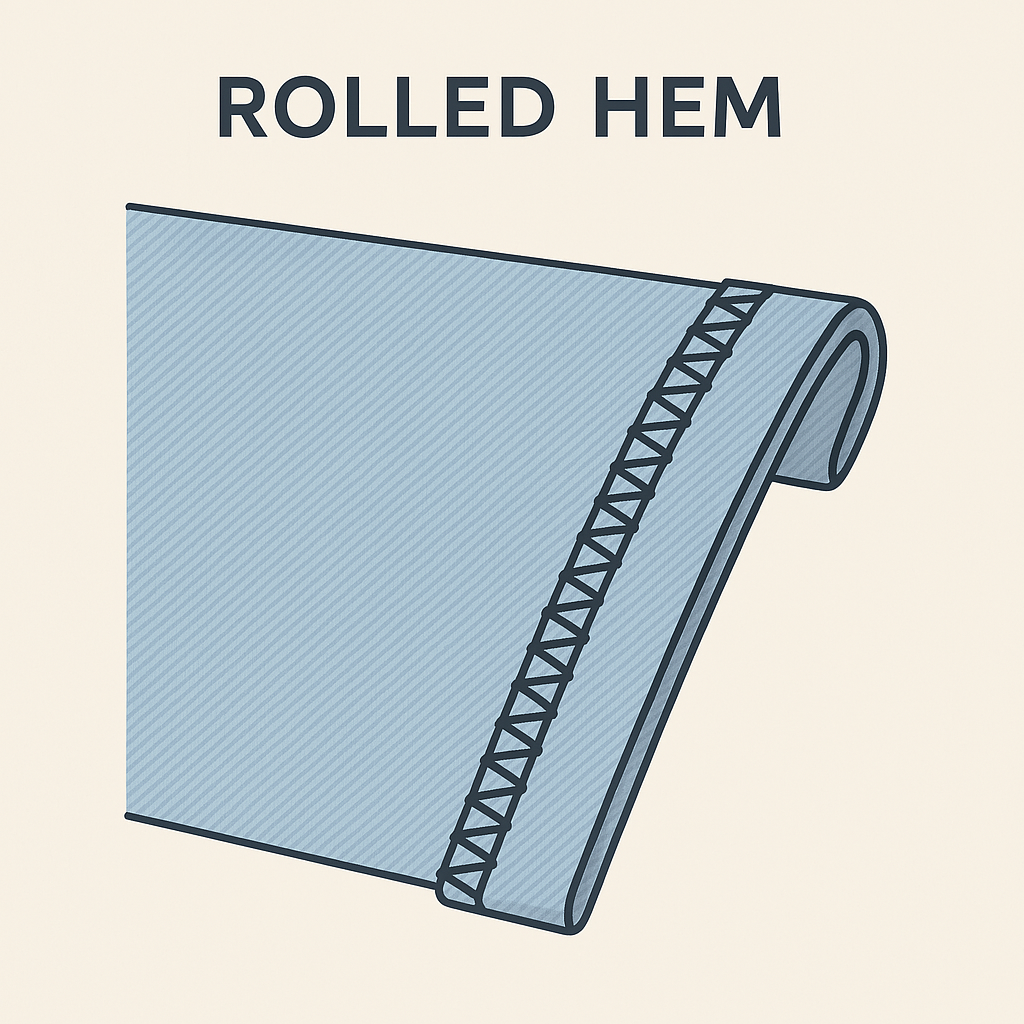Overlock Stitching: Cost-Effective Finishing for Woven Fabrics
🧵 What is Overlock Stitching?
Overlock (also known as serging) is a popular and cost-effective method for sewing and finishing fabric edges in a single step. By simultaneously trimming and enclosing the raw edge with thread loops, overlock stitching prevents fraying, reduces bulk, and creates clean, professional seams.
It’s especially useful for woven fabrics, and is often applied in non-visible areas of a garment or textile product where function outweighs aesthetics.
💰 Why Overlock is a Cost-Effective Finishing Technique
- ✅ Affordable Operation: Uses fewer steps and is faster than traditional hemming.
- ✅ Edge Control: Seals the raw edge and keeps woven fabrics from unraveling.
- ✅ Speed & Efficiency: Ideal for mass production and factory settings.
- ✅ Minimal Bulk: Keeps seams flat and lightweight.
⚠️ Note: Overlock is not typically used as a visible design element—it excels in practical, hidden finishes.
🧶 Where Overlock is Commonly Used
🔹 Woven Fabrics
Overlock stitching is widely used to finish raw edges on woven textiles such as:
- Placemats
- Curtains (e.g., tulle or voile)
- Table runners
- Lining materials
- Back panels of woven garments
These applications often occur in parts of the product not easily seen in the finished piece but are essential for durability and neatness.
🔹 In Apparel
While more common in industrial and home décor use, overlock is also used on internal garment seams, including:
- Inside blazers and jackets
- Side seams of dresses or skirts
- Shoulder seams in shirts and blouses
👗 Overlock Application Table
| Fabric Type | Application Area | Visibility | Overlock Function | Notes |
|---|---|---|---|---|
| Tulle Curtains | Side and bottom edges | Low | Prevent fraying | Lightweight finish |
| Woven Placemats | Inside seams | Hidden | Clean internal finish | Enhances product durability |
| Home Textiles | Tablecloth edges | Hidden or seen | Decorative edge finish | May be combined with rolled hem |
| Jacket Linings | Inside body panels | Not visible | Prevent unraveling | Speeds up internal construction |
| Skirt Side Seams | Inside seams | Hidden | Flat, clean seam line | Often combined with straight stitch |
⚙️ Machine Types Used for Overlock
- 3-thread overlock machine: Best for lightweight woven edges.
- 4-thread overlock machine: Offers added durability and strength.
- 5-thread overlock: Combines overlock and safety stitch in one pass.
🎯 Tip: Use polyester thread for more durable, flexible seams.
🔧 When to Avoid Overlock
- On stretch knit fabrics requiring flexible hemming (use coverstitch instead).
- For visible hems where decorative or flat finishes are preferred.
- On high-end couture pieces requiring hand finishing.
📌 Summary
The overlock stitch is a go-to technique for cost-effective, efficient, and clean seam finishing, particularly in woven textiles and non-visible garment areas. Whether used in home décor or internal garment construction, it supports both speed and quality—making it a staple in modern sewing operations.




